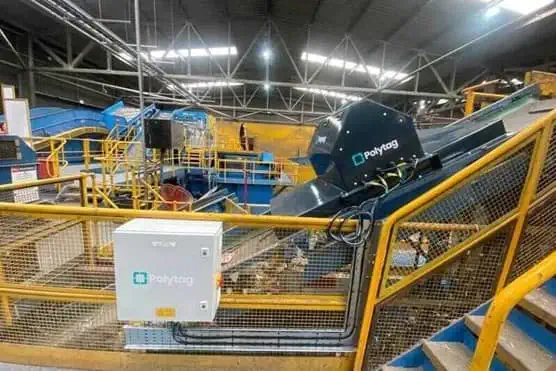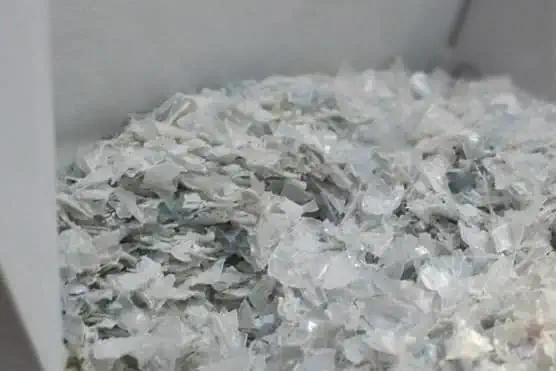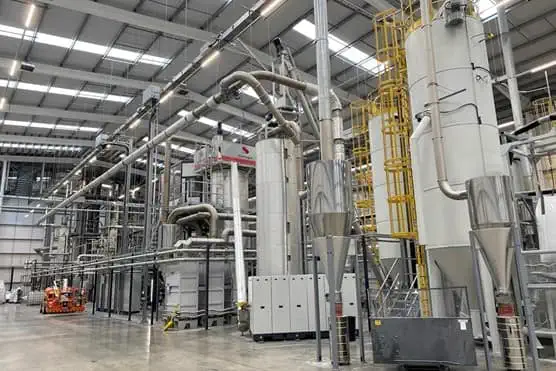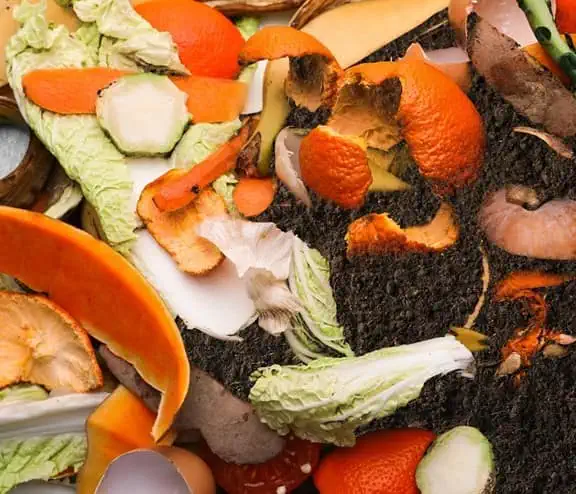
The food packaging paradox
The UK has a problem with food waste. UK households throw away 6.4 million tonnes of household food waste, almost three quarters is food that could have been eaten by someone. The way food is packaged is both preventing and contributing to this food waste – this is the UK’s food packaging paradox.

What is the role of packaging for food?
The purpose of packaging is to prevent food waste. The UK food system exists to facilitate the growth, packing, distribution, importation and sale of food.
Transporting perishable and easily damaged items across the globe and the country is a complex logistical process with unique challenges.
Packaging of the produce (primary) and packaging to store and transport the produce (tertiary) play an essential role in getting food to our plates in time and intact:
- It makes the logistical journey possible, helping to store and transport food
- It protects the food from both physical damage and atmospheric degradation
- It provides information on ingredients, allergens, nutrition and what to do with the packaging after use.
It helps to promote food products to consumers through branding and on pack messaging This is especially true for fresh produce prone to atmospheric degradation, such as animal products like meat and cheeses.
However, while food packaging prevents food waste, it is also paradoxically a key driver of waste, including food waste.
Reduction in packaging, changes in materials, increase in packaging reuse and refill, are all going to be increasingly common over the next five to ten years.
How does packaging cause food waste?
Households are the main cause of food waste in the UK. Research from WRAP in 2022 'Reducing household food waste and plastic packaging' highlighted that packaging is driving fresh produce food waste for two main reasons:
People buying more than they need
Retailers bundle certain types of fresh produce in packs using plastic film to package. The pricing of these packs often offers better value, so rather than purchasing what is needed, consumers purchase the closest pack size to their requirements. Product life testing of five fresh produce items showed that plastic packaging had no or little meaningful effect on extending the life of fresh produce. An estimated 60,000 tonnes of household food waste and more than 21,500 tonnes of plastic could be saved by phasing out plastic packaging and selling loose fresh produce.
People disposing of food due to expiry date
Producers have been using best before dates since the 1970s, however WRAP research has proven that a best before date is a poor indicator if something is still good to eat for certain fresh produce. Product testing of five fresh produce items (apples, bananas, broccoli, cucumbers and potatoes) demonstrated product quality continued beyond the Best Before. The research concludes that removing date labels from fresh produce could save 50,000 tonnes of food waste from UK households.
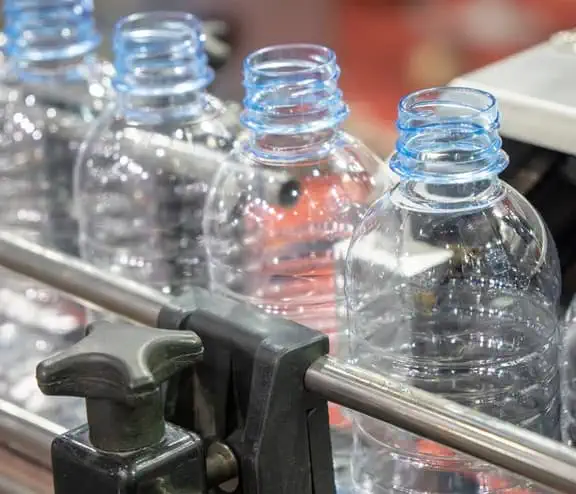
Three steps to make packaging work for fresh produce
1. Understand the cost
Although there is revenue in selling higher quantities there are latent costs in using more difficult to recycle packaging. First is the initial cost of creating and filling the plastic packaging. Secondly, Extended Producer Responsibility legislation is predicted to create higher modulated fees around difficult to recycle items. We expect that plastic film will be included in this. More plastic film will mean higher costs.After a strong uptake from retailers, loose produce targets have been scaled back. The initial WRAP target of 80% of all fresh fruit and veg being sold loose by 2025 has now been revised to just 30%, rising to 50% by 2030. With 15% of fruit and vegetables sold loose in 2021 according to the pathway to selling more loose veg, there’s a long way to go.
Loose fresh produce is currently a voluntary scheme, but it could easily be mandated in the future. Early adopters can mitigate risk and seize commercial opportunity. There is an argument to be made as to whether loose fruit and veg should be classified as refill/reuse and incentivised as such. This could encourage retailers’ uptake and influence consumer behaviour.
2. Label better
Removing unnecessary best before labelling is a must. Fresh, uncut fruit and vegetables do not legally have to carry a date label as they are included in a list of exemptions to labelling regulations (Retained Regulation (EU) No. 1169/2011). A ‘Use by’ date should only be used for food safety reasons and where it is required by regulation.Many large retailers responded to WRAP’s 2022 research by removing the best before date from certain items of their fresh produce. While this is a great start, when packaging is essential, labelling needs to go further. Guidance on storage conditions, consumer advice, and appropriate On-Pack Recycling Label (OPRL) mark-up should take prevalence over promotional messaging.
Wherever possible the information featured on packaging labels should be made available around uncut loose fresh produce. The more consumers that understand storage below 5 degrees centigrade significantly extends food life in many cases, the further food waste can be reduced.
3. If not loose then reduce
When packaging is required for hygiene and safety, explore reduction options. Can the packaging be reduced to its essential components? Secondary packaging such as trays for individual pieces of fruit and veg are often for display purposes, even if that tray is recyclable, the most sustainable option is to save the material and energy used to create the packaging.An example of this occurred earlier this year when Sainsburys launched vacuum-packed mince which removing a plastic tray. This reduced the amount of plastic in each product by 55%, saving 450 tonnes of plastic annually. While this was a sustainable success story, consumer response on social media was mixed due to the new presentation of the meat.
This highlights the need to bring businesses and consumers along on the circular journey. The more people understand about the environmental and economic benefits of small steps such as this, the more their purchase decisions can be guided by more than the aesthetic.
Reduction in packaging, changes in materials, increase in packaging reuse and refill, are all going to be increasingly common over the next five to ten years. This only works if businesses of all sizes and the end consumer are aware of what is at stake and what their role is. Everyone has their part to play, small steps can lead to big change when we make them together.
